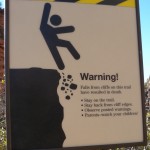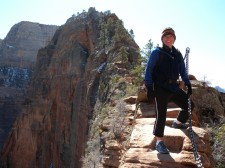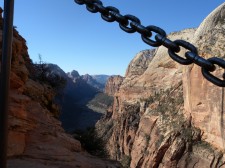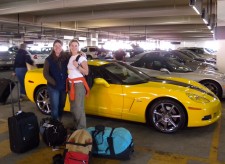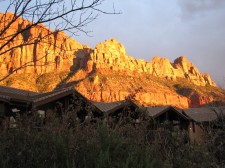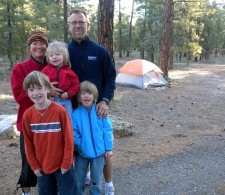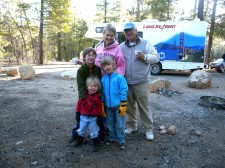As I posted recently, my plans to go on a quick backpacking adventure to Havasu Falls abruptly came to a halt. The Havasupai Tribe has cancelled all camping reservations, and access, to the remote waterfall region in the Grand Canyon west region during the month of May.

My friend, Sabrina, and I had planned the trip as a belated celebration of each of us turning 40. Havasu Falls is a ‘bucket-list’ item for each of us.
So for the last couple of days, we have been in a scramble to find a Plan B, given our flights into Vegas have long been booked.
It couldn’t just be any Plan B. It had to be epic. Havasu Falls would have been epic.
We can’t do Zion, or Grand Canyon, because I only recently returned from these regions. And, our scheduled flights won’t allow enough time to travel all the way to the North Rim to hike.
Thankfully, last night I discovered that Virgin America has $95 dollar roundtrip flights from Vegas to San Francisco.
Bingo! Just like that we have an epic Plan B. We’re going to Yosemite!
Yosemite HD Video 5/4/09 from Chris Falkenstein on Vimeo.
It will be a quick trip, but we can’t wait. It will be a first for both of us.
We just launched MyYosemitePark.com. For several weeks I’ve been reviewing great images, videos and content about the national park. And well, what can I say? I’m completely inspired and intrigued and feel a need to experience its grandeur firsthand.
So that’s what we’ll do.
Stay tuned. In a week or so I’ll be beaming it all to this blog.
In the meantime, I’m telling you firsthand that there is no vacation like a national park vacation. They’re my favorite and we have many in the West. Start planning a memory-making trip that won’t break the bank to a national park. Although Yellowstone, the world’s first, is my all-time favorite (I’ve been there probably 200 times), they’re all unique and special in their own way. Grand Canyon, is an abyss carved by the Colorado River that is 277 miles long and 10 miles wide. Start planning the fun here!
